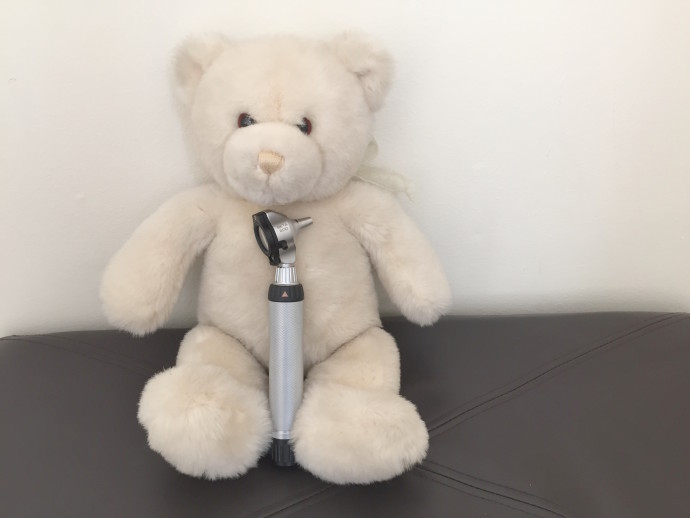 Posted April 28, 2015 | Immunity, kids
Posted April 28, 2015 | Immunity, kids
By: Lisa Yang, ND
More than 80% of children in the United states have at least one episode of acute ear infection by 3 years of age. In 2000, there were 16 million visits to physicians for acute ear infections in children. And it is among the most common diseases that lead to treatment with antibiotics. (1)
Anatomy
Ear infections are generally characterized as an infection and inflammation of the middle ear. The ear is divided into three parts: the external ear canal, the middle ear where infections can occur and the inner ear contains nerves and structures that play a large role in balance and hearing. The middle ear contains small bones that conduct the vibrations of the ear drum to the brain as well as the back of the nose connected via the eustachian tube. The eustachian tube opens and closes and helps to equalize the pressure across the tympanic membrane that is optimal for hearing, protects the middle ear from infection and clearance of middle ear secretions. Anatomically as infants and young children, the tube is much shorter, wider and more horizontal than in adults which makes the migration of bacteria from the nose and back of the throat not the middle ear space.
Signs and symptoms to watch out for:
Complaining of:
There may or may not be:
Contributing factors:
The causes of ear infections are most commonly due to underlying viral infection (ie. rhinovirus, RSV, or influenza). In addition, they can be caused by bacterial infections and underlying allergies. Many children with recurrent ear infections may have food or environmental allergies that can increase overall inflammation and fluid accumulation. If you are concerned about this talk to your physician about testing options! Other risk factors include exposure to tobacco smoke, long day care hours, pacifier use, and reflux. If your child has chronic ear infections, exploring preventative measures is important.
Guidelines for treatment from the American Academy of Pediatrics have changed over the years. Antibiotics are the mainstay for children younger than 6 months to 2 years of age with significant infection. For older children there are studies that support close observation as an acceptable management option in low risk children. This is where naturopathic treatments are important in fighting infection and supporting the immune system.
Naturopathic treatment may include, but are not limited to:
Immune support:
If you suspect your child to have an ear infection, it is important to consult with your doctor to properly manage care.
This Post Has 0 Comments